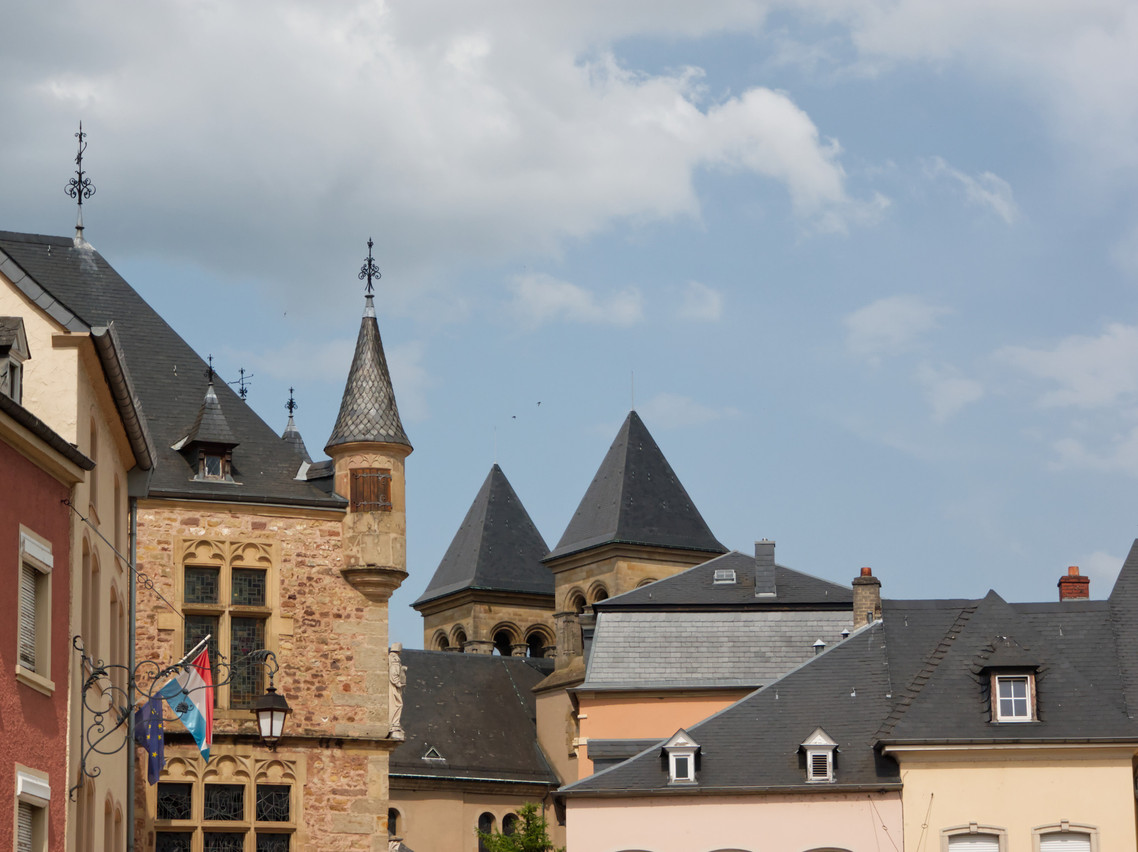The cultural heritage law aims to “to enhance the value of cultural heritage through its identification, study, safeguarding and protection, and also to strengthen social cohesion by fostering a sense of shared responsibility towards the common living space,” a press release by the culture ministry states.
Culture minister Sam Tanson--who also holds the position of justice minister--worked on making existing legislation more coherent and stable, by implementing international and European elements into the text. This is particularly the case for movable heritage, where, according to the ministry, the legislation was completely out of date.
One of the changes introduced by the new law is the principle of preventive archaeology. If their project is located in an archeological observation zone, real estate developers will have to present their plans to the ministry of culture before being allowed to start construction. An assessment prior to the beginning of the project will help avoid emergency operations, like the one after medieval ruins were found in Echternach during excavation works.
For architectural heritage sites, a list of criteria will be established according to which a building is classified as national cultural heritage or as being in a protected area. Grand-ducal regulations will protect the sites, which will also be documented by municipality in an inventory.
The update also recognises the National Centre for Archeological Research as a state cultural institute. It has been renamed the National Institute for Archeological Research. The Service for national sites and monuments has received the same upgrade and is now known as the National Institute for Architectural Heritage.
Citizens will be able to discuss the new law with experts on various occasions in March, as
